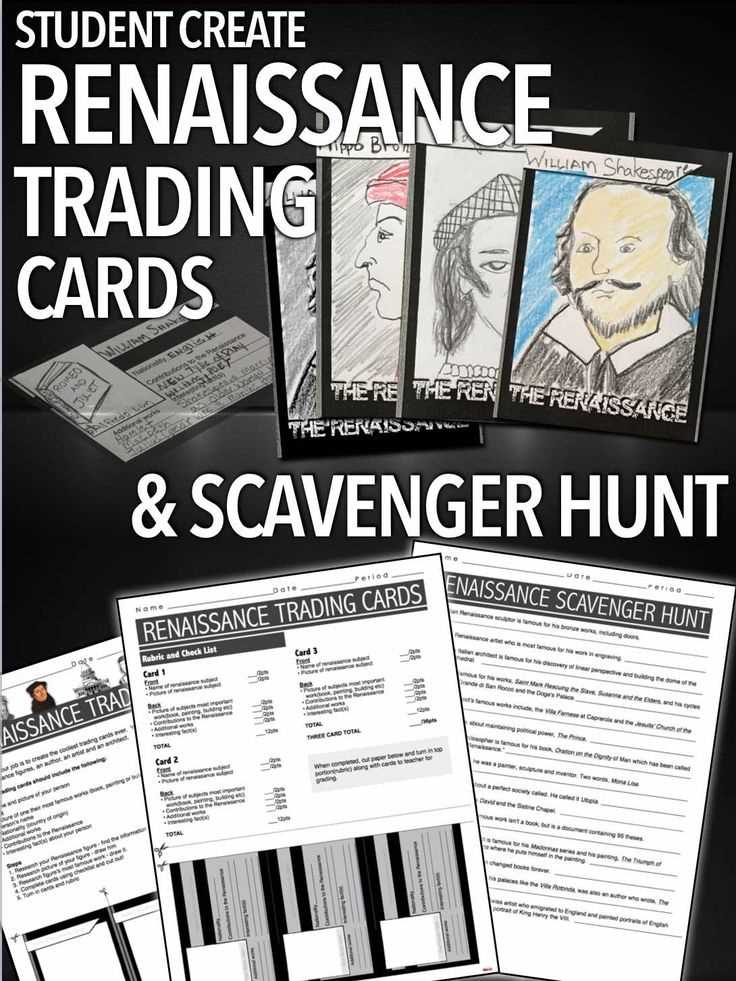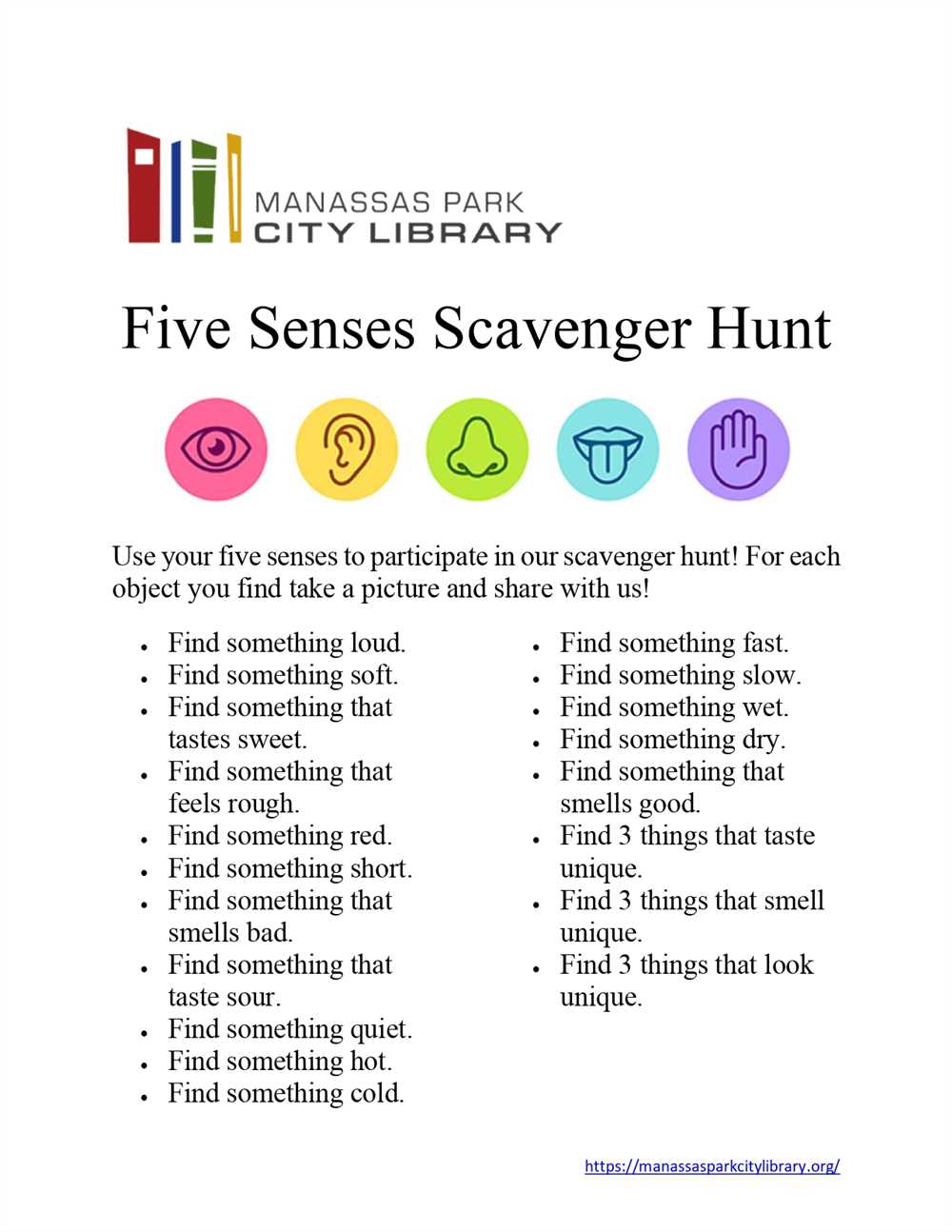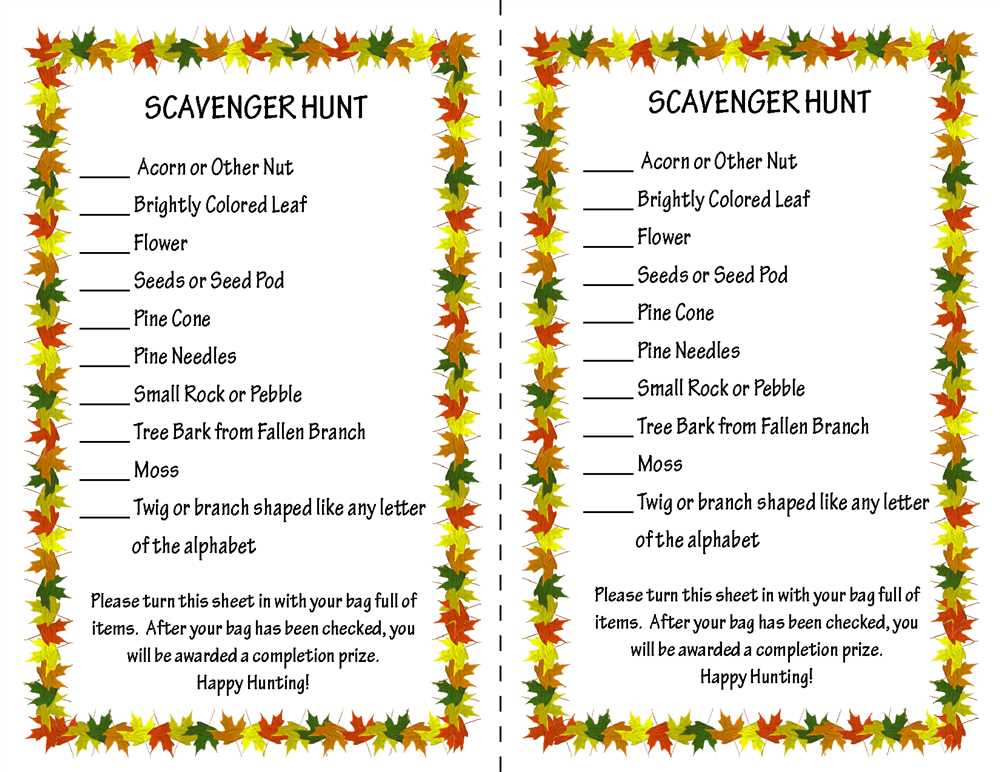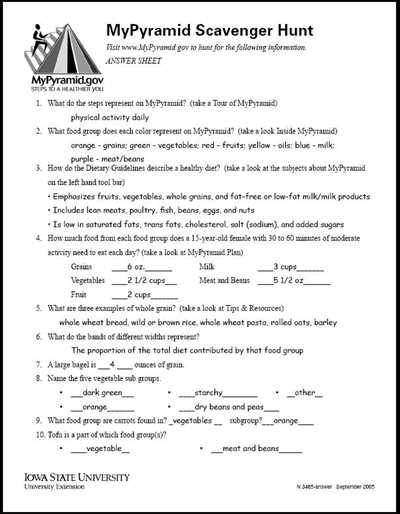
The Renaissance period was a time of great cultural, artistic, and intellectual development in Europe. It witnessed the revival of interest in classical learning and the exploration of new ideas and concepts. This scavenger hunt is designed to test your knowledge of this fascinating era and its key figures, events, and achievements. Here is the answer key to help you check your answers and learn more about the Renaissance.
1. Leonardo da Vinci: This Italian polymath is known for his iconic paintings, such as the Mona Lisa and The Last Supper. He was also a brilliant inventor and scientist, exploring various fields including anatomy, engineering, and botany.
2. Michelangelo: This renowned Italian artist is famous for his magnificent sculptures, including the statue of David and the frescoes on the ceiling of the Sistine Chapel. His works showcase his mastery of human anatomy and his ability to capture emotion and movement.
3. The Medici family: This influential Italian family played a significant role in the patronage of the arts during the Renaissance. They supported numerous artists, architects, and scholars, contributing to the cultural flourishing of cities like Florence.
4. The printing press: This invention by Johannes Gutenberg revolutionized the dissemination of knowledge during the Renaissance. It enabled the mass production of books and contributed to the spread of new ideas, fostering intellectual growth and cultural exchange.
5. The Council of Trent: This important event in the Counter-Reformation aimed to address the criticisms raised by Martin Luther and other Protestant reformers. It reaffirmed Catholic doctrines and promoted religious unity, leading to significant changes in the Catholic Church.
6. Humanism: This intellectual movement placed a strong emphasis on the study of classical literature, focusing on human achievements, capabilities, and potential. It emphasized the importance of individualism, rationality, and secular values.
7. The Renaissance man: This term refers to a person who excelled in various fields of knowledge and arts, embodying the ideal of humanism. Leonardo da Vinci is often considered the epitome of a Renaissance man due to his multidisciplinary talents.
8. The Northern Renaissance: This term refers to the cultural movement that occurred in Northern Europe, mainly in countries such as Germany, the Netherlands, and England. It had its own distinct characteristics, influenced by humanism and religious reforms.
9. The scientific method: This systematic approach to scientific inquiry, pioneered by Francis Bacon and others, emphasized observation, experimentation, and logical reasoning. It laid the foundation for the development of modern scientific thinking.
10. The Renaissance in literature: This period saw the flourishing of literary works in various languages, including Renaissance drama, epic poetry, and sonnets. Some notable authors include William Shakespeare, Dante Alighieri, and Miguel de Cervantes.
By exploring the answers to this Renaissance scavenger hunt, you can gain a deeper understanding of this extraordinary period in history and appreciate its lasting impact on art, culture, and human progress.
Renaissance Scavenger Hunt Answer Key

Are you ready to discover the answers to the Renaissance Scavenger Hunt? Let’s dive in and explore the key information about this transformative period in history.
1. Leonardo da Vinci: Known as one of the greatest artists and thinkers of the Renaissance, Leonardo da Vinci’s works include the iconic paintings Mona Lisa and The Last Supper. He also made significant contributions to various fields, such as anatomy, engineering, and architecture.
- Painting: Mona Lisa, The Last Supper
- Field of Study: Anatomy, Engineering, Architecture
2. Michelangelo: Another prominent figure of the Renaissance, Michelangelo excelled in various artistic disciplines, including painting, sculpture, and architecture. His most famous works include the sculptures David and Pieta, as well as the ceiling of the Sistine Chapel in Rome.
- Painting: Sistine Chapel Ceiling
- Sculpture: David, Pieta
3. Humanism: An intellectual movement that focused on the importance of human potential, humanism became a cornerstone of the Renaissance. It emphasized the study of classical literature, history, and philosophy, as well as the development of individual talents and capabilities.
4. Printing press: Invented by Johannes Gutenberg in the mid-15th century, the printing press revolutionized the spread of knowledge during the Renaissance. It allowed for the mass production of books and facilitated the dissemination of ideas, contributing to the rapid advancement of literature, science, and culture.
| 5. The Medici family: | |
|---|---|
| Key members: | Giovanni de’ Medici, Cosimo de’ Medici, Lorenzo de’ Medici |
| Significance: | The Medici family, as wealthy bankers and patrons of the arts, played a crucial role in the cultural and economic prosperity of Florence during the Renaissance. They supported numerous artists, scholars, and architects, contributing to the flourishing of the Renaissance movement. |
6. Renaissance art: Characterized by a focus on humanism, perspective, and naturalistic representation, Renaissance art redefined the way art was created and appreciated. It embodied the ideals of the period, showcasing the beauty of the human form, realistic landscapes, and religious scenes.
- Key characteristics:
- Naturalistic representation
- Use of perspective
- Emphasis on human form
- Inclusion of religious and mythological themes
Now armed with the Renaissance Scavenger Hunt Answer Key, you have a deeper understanding of the significant figures, ideas, and artistic achievements of this transformative period. The Renaissance continues to inspire and influence the world today, leaving a lasting legacy that we still appreciate and admire.
Answer Key for Question 1: Who Were the Leading Artists of the Renaissance?
In the Renaissance period, there were several leading artists who made significant contributions to the artistic world. Some of the most renowned artists of this time include Leonardo da Vinci, Michelangelo, and Raphael.
Leonardo da Vinci: Leonardo da Vinci was a true Renaissance man. He excelled in multiple fields, including painting, sculpture, architecture, science, and engineering. His most famous works include the Mona Lisa and The Last Supper. Leonardo’s art was known for its realistic portrayal of human emotions and attention to detail. He used techniques such as sfumato to create soft, blended transitions between colors, giving his paintings a sense of depth and realism.
Michelangelo: Michelangelo Buonarroti was another prominent artist of the Renaissance. He is best known for his sculptures, such as the statue of David and the Pietà. Michelangelo’s works were characterized by their strong expression of human emotion and the use of marble as the primary medium. He also painted the ceiling of the Sistine Chapel, which is considered one of the greatest artistic achievements in history.
Raphael: Raphael Sanzio was an Italian painter and architect, known for his exceptional talent and mastery of composition. His most famous works include The School of Athens and The Sistine Madonna. Raphael’s art was characterized by its balance, harmony, and idealized representations of figures. He was heavily influenced by the classical artwork of ancient Greece and Rome.
In summary, Leonardo da Vinci, Michelangelo, and Raphael were the leading artists of the Renaissance, each bringing their unique style and expertise to the art world. Their works continue to inspire and captivate audiences to this day.
Answer Key for Question 2: Which Inventions and Discoveries Defined the Renaissance?
The Renaissance was a period of great intellectual and artistic achievements, and it was marked by several important inventions and discoveries that helped shape the world as we know it today. These innovations not only revolutionized various fields but also propelled human progress and set the stage for future scientific advancements.
The Printing Press: One of the most significant inventions of the Renaissance was the printing press, developed by Johannes Gutenberg in the mid-15th century. This invention allowed for the mass production of books, making knowledge more accessible to a wider audience and fueling intellectual growth. The printing press facilitated the dissemination of ideas, leading to the spread of Renaissance ideals and the advancement of science, literature, and religion.
Human Anatomy and Medicine: During the Renaissance, great strides were made in the field of human anatomy and medicine. Anatomy studies conducted by Leonardo da Vinci and Andreas Vesalius provided detailed knowledge about the human body, leading to a better understanding of its structure and function. This newfound knowledge paved the way for advancements in medical treatments and surgical techniques, ultimately improving the quality of healthcare.
- Physics and Astronomy: The Renaissance saw groundbreaking discoveries in the field of physics and astronomy. Nicolaus Copernicus’ heliocentric model challenged the geocentric view of the universe, revolutionizing our understanding of the solar system. Galileo Galilei’s telescopic observations further supported Copernicus’ theory and contributed to the development of modern physics, laying the foundation for Newtonian mechanics.
- Art Techniques: The Renaissance was a golden age for art, and artists such as Leonardo da Vinci, Michelangelo, and Raphael introduced new techniques and styles that transformed the world of art. The use of perspective, chiaroscuro, and sfumato allowed for more realistic and aesthetically pleasing representations, capturing the essence of the human form and the beauty of the natural world.
- Mathematics: Mathematics played a crucial role in the Renaissance, with significant advancements made in algebra, geometry, and trigonometry. Scholars like Leonardo Fibonacci and Nicolaus Copernicus contributed to the development of mathematical principles and formulas, enabling further scientific exploration and innovation.
These inventions and discoveries defined the Renaissance, propelling humanity forward and laying the groundwork for the scientific and artistic achievements that followed. They continue to shape our world today, reminding us of the profound impact of this transformative era.
Answer Key for Question 3: What Were the Major Philosophical and Intellectual Concepts of the Renaissance?
The Renaissance was a period of great intellectual and philosophical development, with scholars and thinkers exploring new ideas and questioning old beliefs. Some of the major philosophical and intellectual concepts of the Renaissance include:
Humanism
Humanism was a philosophical movement that emphasized the importance of human reason and potential. It placed a strong emphasis on the study of classical texts and the arts, and it sought to reconnect with the wisdom and knowledge of ancient Greece and Rome. Humanists believed in the value and dignity of human beings, and they championed education as a means to cultivate knowledge, virtue, and self-improvement.
Secularism

In contrast to the dominance of religion during the medieval period, the Renaissance saw the emergence of secularism. Secularism emphasized a focus on worldly matters and the pursuit of knowledge and understanding in the here and now, rather than the afterlife. Secular thinkers placed importance on the natural world, the study of science, and the exploration of human potential.
Individualism

The Renaissance celebrated the individual and placed importance on personal achievement and self-expression. This concept of individualism contrasted with the medieval focus on collective identity and the role of the church. Renaissance thinkers believed in the uniqueness and potential of each person, and they encouraged the development of individual talents and abilities.
Rationalism
Rationalism, the belief in the power of reason and logic, was a central philosophical concept of the Renaissance. Renaissance thinkers sought to understand the world and human experience through observation, experimentation, and logical analysis. They questioned traditional beliefs and relied on empirical evidence and critical thinking to shape their understanding of the world.
Artistic Expression
The Renaissance was also marked by a great flourishing of artistic expression in various forms, including painting, sculpture, literature, and music. Artists and writers during this time sought to depict the natural world with greater accuracy and to capture human emotions and experiences. They were inspired by the classical ideals of balance, harmony, and beauty, and their works reflected the intellectual and philosophical ideas of the time.
These major philosophical and intellectual concepts of the Renaissance demonstrate the shift towards human-centered thinking and the pursuit of knowledge and understanding in various fields. The Renaissance laid the foundation for continued intellectual and cultural advancements and had a profound impact on shaping the modern world.
Answer Key for Question 4: How Did Renaissance Fashion and Style Evolve?

During the Renaissance, fashion and style evolved significantly, reflecting the changing ideals and values of the time. The Renaissance period, which spanned from the 14th to the 17th century, saw a shift from medieval clothing styles to more elaborate and luxurious designs.
Renaissance Fashion Trends: One of the notable trends in Renaissance fashion was the emphasis on individuality and self-expression. Clothing became a way for people to showcase their wealth and social status. The upper class often wore garments made of expensive fabrics, such as silk and velvet, adorned with intricate embroidery and embellishments.
- Changing Silhouettes: The silhouette of clothing also changed during the Renaissance. Women’s dresses became more fitted and emphasized the natural waistline, with the introduction of corsets and bodices. Men’s clothing, on the other hand, featured padded shoulders and a more tailored fit, giving a broader and more imposing appearance.
- Rich Colors and Patterns: The use of vibrant colors and intricate patterns was another defining characteristic of Renaissance fashion. Deep reds, blues, and greens were commonly seen, and fabrics were often adorned with elaborate prints, including floral designs, geometric motifs, and heraldic symbols.
- Accessories and Hairstyles: Accessories played a crucial role in Renaissance fashion, with both men and women adorning themselves with jewelry, hats, and gloves. Hairstyles also became more elaborate, with women often wearing elaborate headpieces and men sporting curled and styled hair.
Overall, Renaissance fashion and style evolved to become more intricate, luxurious, and expressive, reflecting the changing social and cultural landscape of the time. These trends continue to influence fashion and design to this day.